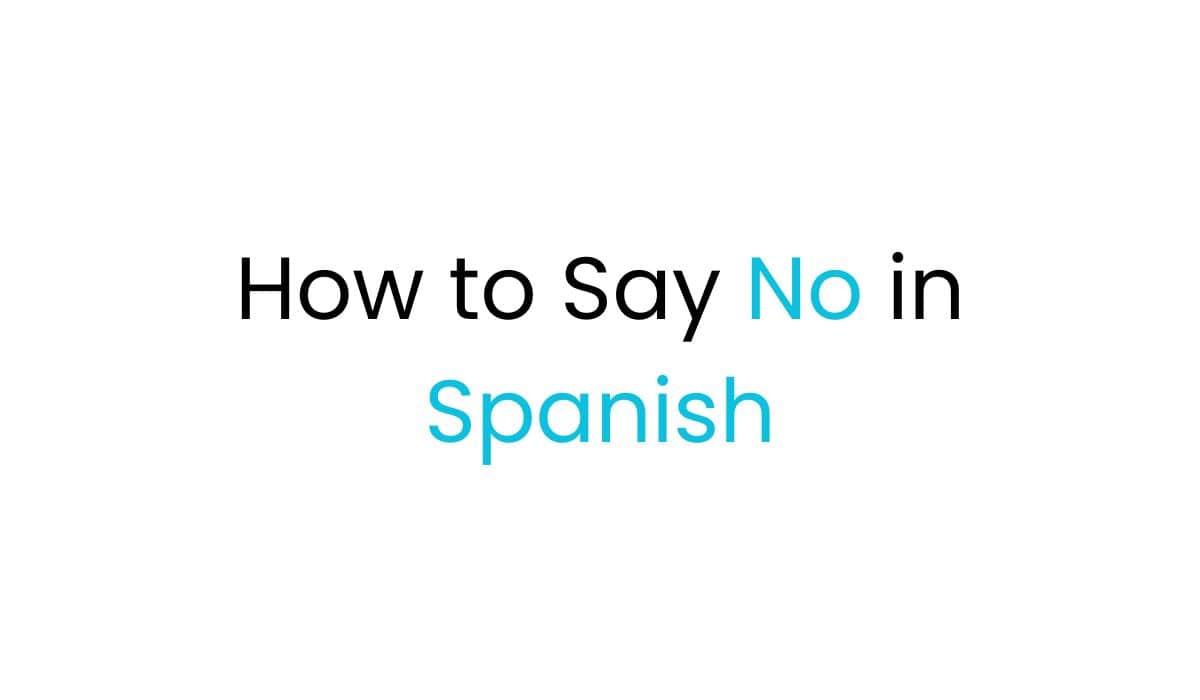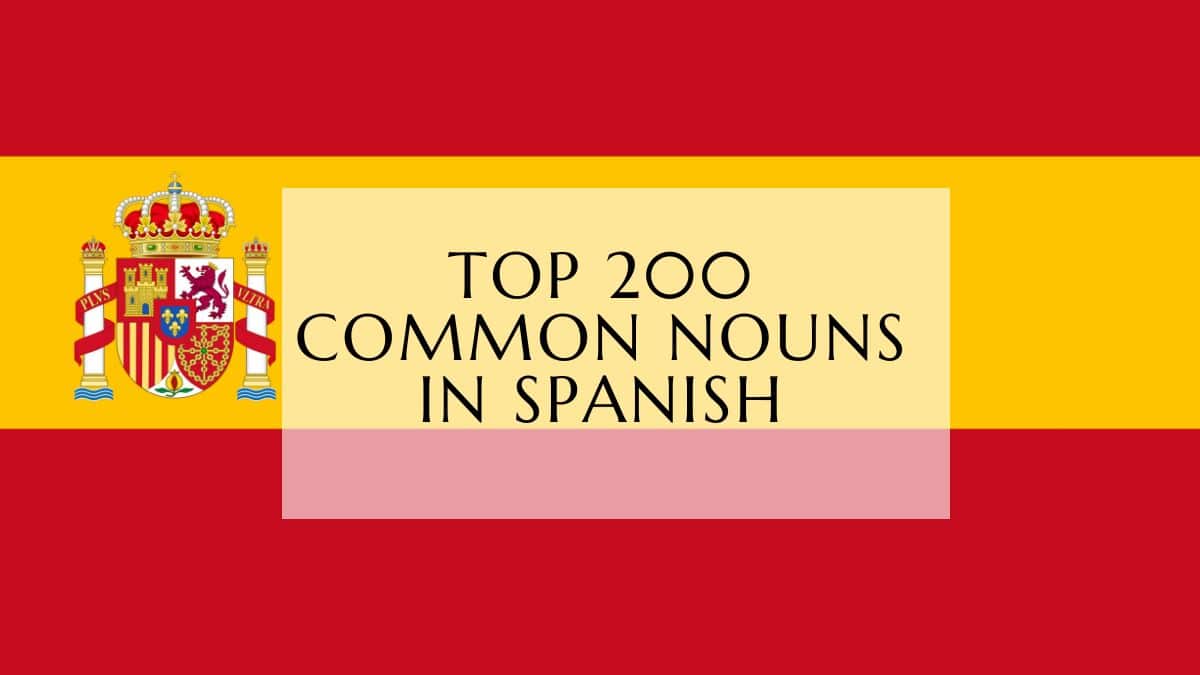Saying “no” in Spanish can be tough, especially for beginners. But learning this key no in Spanish is vital for good communication. This guide will show you how to say negación en español and negativa en español. You’ll discover how to politely turn down requests and deny statements firmly. It will help you handle everyday conversations in Spanish with confidence.

This guide is for everyone, from beginners to advanced learners. It will teach you to say “no” like a native “no” en idioma español speaker. You’ll get the skills to communicate clearly and effectively in Spanish.
The Basics: How to Say “No” in Spanish
Learning Spanish means knowing how to say “no” well. The word “no” is known worldwide, making it key for language learners.
The Word “No”
The word “no” in Spanish sounds like its English version but is a bit shorter. It’s a simple way to say “no,” useful for many situations.
Using “No” with Verbs
To negate verbs in Spanish, just put “no” before them. This is similar to English, making negation clear and easy.
| English Sentence | Spanish Translation |
| I do not speak Spanish. | No hablo español. |
| She does not like this movie. | Ella no le gusta esta película. |
| They do not want to go to the party. | Ellos no quieren ir a la fiesta. |
Knowing how to use “no” in Spanish helps you say “no” clearly. This skill is important for more complex talks.
Other Negative Words in Spanish
The word “no” is the main way to say “no” in Spanish. But, there are more words that show different kinds of denial. Learning these words helps you talk better in Spanish.
Nada, Nadie, Nunca
Nada means “nothing,” nadie means “no one,” and nunca means “never.” You can use these words alone or with “no” to make your denial stronger. For example, “No veo nada” (I see nothing) or “Nunca como carne” (I never eat meat).
Ningún, Ninguno, Ninguna
The words ningún, ninguno, and ninguna say there is no something, like “no” or “none” in English. They match the gender and number of the noun they describe. For example, “No tengo ningún libro” (I don’t have any books) or “No veo ninguna mesa” (I don’t see any tables).
Knowing these negative words in Spanish lets you say “no” in a more precise and detailed way. This makes your speaking more natural and advanced.
No in Spanish
The word “no” in Spanish is a key negation particle. It can negate verbs, nouns, adjectives, and adverbs. Where you put “no” in a sentence depends on what you’re negating. But, the rule is to put it right before what you’re denying. Learning how to use “no” correctly is key to clear negation in español.
Negating Sentences with “No”
Using “no” to negate a sentence changes based on what you’re denying. Here are some examples:
- Negating a verb: No voy al parque. (I don’t go to the park.)
- Negating a noun: No tengo un perro. (I don’t have a dog.)
- Negating an adjective: Es no seguro. (It is not safe.)
- Negating an adverb: No hablo español fluidamente. (I don’t speak Spanish fluently.)
In Spanish, double negatives are often correct, unlike in English. For example, No bebo cerveza nunca (I never drink beer) is a proper way to express negation.
Knowing how to use “no” in Spanish is vital for no en español, no en castellano, negación en español, and negativa en español. It helps you communicate clearly and accurately.
Polite Ways to Say “No” in Spanish
Saying “no” in español can be direct, but there are polite ways too. These polite expressions help you decline nicely and keep relationships positive. They let you say “no” without hurting feelings.
No, gracias
“No, gracias” means “No, thank you” and is a polite way to say no. It shows you appreciate the offer but still say no. This way, you stay friendly and clear about your choice.
Por supuesto que no, Claro que no
For a stronger “no” that’s still polite, try “Por supuesto que no” (Of course not) or “Claro que no” (Certainly not). These say “no” clearly but stay polite. They’re good for rejecting something strongly without being rude.
Using these polite “no” phrases changes how people see your messages. Learning to say “no” nicely helps you talk in español with care. You can keep relationships positive even when you can’t agree.
Informal and Colloquial Expressions
Spanish has formal and polite ways to say “no.” But it also has informal and colloquial expressions. These phrases make rejections sound more relatable and natural. They let Spanish speakers talk in a way that feels more like a conversation with friends.
Para nada and Negativo
“Para nada” (not at all) and “negativo” (negative) are great examples of these informal expressions. They’re used with friends, family, and in everyday situations. They give Spanish speakers other ways to say “no” that are not as formal.
“Para nada” is a strong way to say no. It’s used to reject a request or idea strongly. “Negativo” is shorter and more casual. It’s used to quickly say no to a suggestion or question.
These expressions add personality and relatability to Spanish. They help speakers say “no” in a natural way. Knowing para nada and negativo makes it easier to talk with native speakers and connect on a casual level.
Strong Refusals and Denials
When saying “no” isn’t enough, Spanish has stronger ways to say no. These phrases make it clear and leave no doubt. They help Spanish speakers express their strong refusals clearly.
Ni de broma, Ni hablar
“Ni de broma” (Not a chance) and “Ni hablar” (No way) are strong ways to say no. They mean you won’t even think about it, ending the conversation firmly.
Nada de esto, De ninguna manera
“Nada de esto” (None of this) and “De ninguna manera” (Absolutely not) are also strong in denial. They show you totally reject the idea, making it clear you won’t consider it.
These strong ways of saying no are great when you need to be clear. They work well against persistent requests or ideas you strongly dislike. Using these phrases makes your stance clear and avoids confusion.
Emphatic and Poetic Expressions
The Spanish language has many ways to say “no” with style. Phrases like “Ni lo pienses” (Don’t even think about it), “Ya quisiera” (I wish), and “Ni en tus sueños” (In your dreams) are more than just a simple “no”. They add color and personality to what you say.
These expresión de negación are great for adding emphasis, sarcasm, or humor. They let Spanish speakers express themselves with flair, going beyond just saying “no” en idioma español. These negación castellana expressions show how rich and versatile Spanish can be. They help users say their partícula negativa en español with feeling and detail.
Using these poetic ways of saying “no” adds depth and personality to how Spanish speakers talk. It makes their conversations more interesting and engaging. This shows how powerful the Spanish language is in expressing oneself.
Oualid Cheddadi is the founder of Lingualid, a platform that inspires independent language learners worldwide, regardless of the language they are learning. The name “Lingualid” is derived from the Portuguese word for “language,” “língua,” and the last three letters of Oualid’s name, “Lid.”



